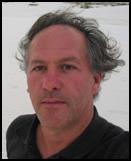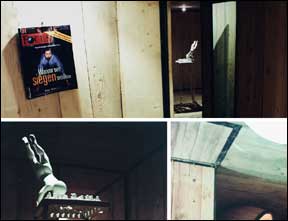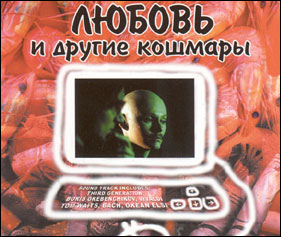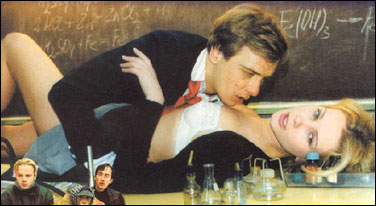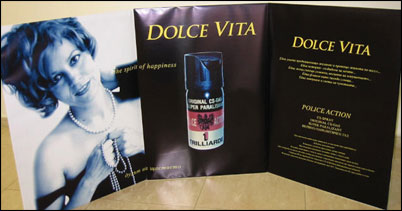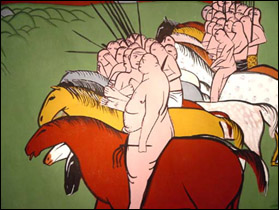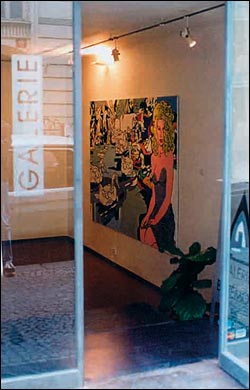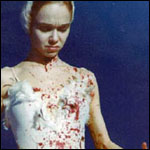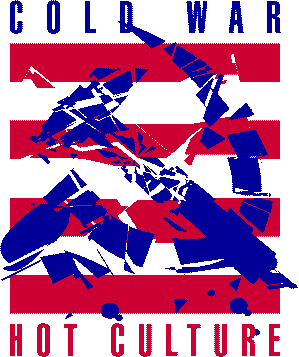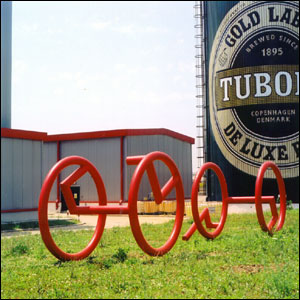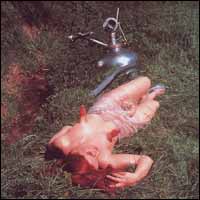Pockets Full of Memory: A Conversation with George Legrady
George Legrady teaches Interactive Media at the University of California, Santa Barbara. He has previously held full time appointments at the Merz Akademie, Stuttgart, San Francisco State University, University of Southern California, and the University of Western Ontario. Recent interactive installation exhibitions have taken place at the Centre Pompidou, Paris [Pockets full of Memories], 2001; the new Richard Meier designed Siemens World Headquarters in Munich, 1999/2000; the Museum of Contemporary Art, Los Angeles, Sept-Nov 98; the Kunst und AustellungHalle der Bundes Republik in Bonn, [Tracing], 97-98; the National Gallery of Canada and the Canadian Museum of Contemporary Photography, 97-98; the … Read more

